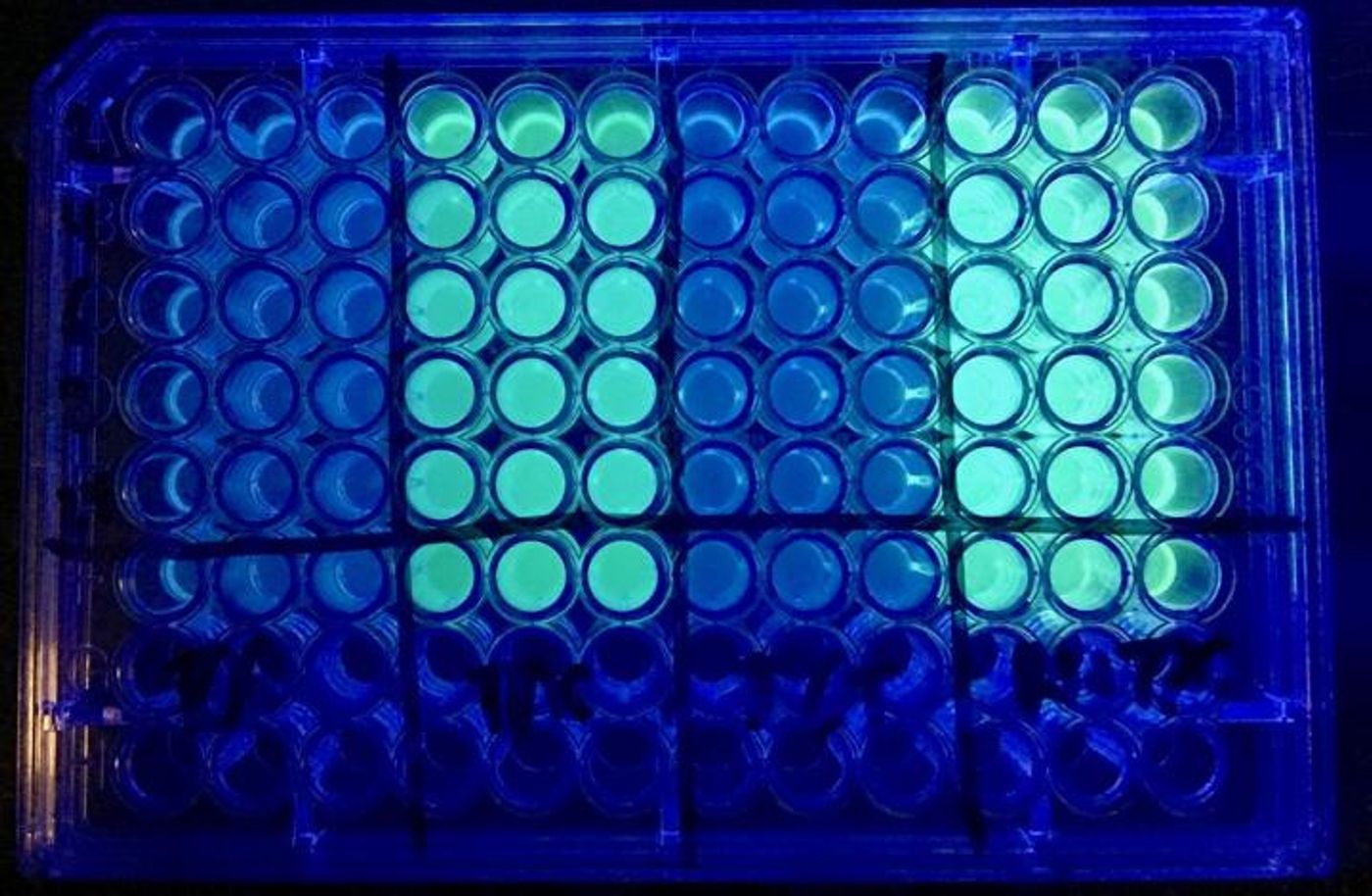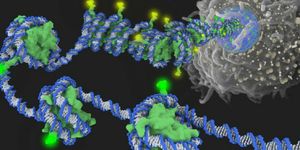Common Antibacterial Chemical may Help Fight Lung Infections
Triclosan is a chemical that was added to many different household and personal products. New research has found that it may help fight deadly illness, including cystic fibrosis (CF), when it is used with another drug that has already been approved by the Food & Drug Administration, tobramycin. CF is a genetic disease impacting about one in every 2,500 to 3,500 people; it causes a buildup of thick mucus in the lungs. That mucus is a magnet for pathogenic bacteria, which thrive in a protective biofilm. When triclosan is combined with tobramycin, it kills cells that protect the CF bacteria.
"The problem that we're really tackling is finding ways to kill these biofilms," said Chris Waters, a microbiology professor. Waters is the lead author of the study reporting these findings in the journal Antimicrobial Agents and Chemotherapy.
Many infections that can be chronic and painful are related to biofilms, said Waters; gingivitis and ear infections are two examples. However, those biofilm-related illnesses can be far more serious too. Aside from the infections seen in CF patients, inflammation of the heart or endocarditis can occur, as can infections in biomedical implants like pacemakers or artificial joints.
Waters and colleagues conducted a screen to find compounds that could effectively kill these biofilms. Triclosan emerged as a standout.
"It's well known that triclosan, when used by itself, isn't effective at killing Pseudomonas aeruginosa," said Alessandra Hunt, a post-doctoral associate of microbiology and molecular genetics. "But when I saw it listed as a possible compound to use with tobramycin, I was intrigued. We found triclosan was the one that worked every time."
Triclosan was used for many years until concerns emerged that it was being overused. Because it is so good at treating gingivitis, it is still used in toothpaste. It is also still found in hand sanitizer. It was eliminated from most other products.
Biofilms in CF patients are discussed in the video.
"Limiting its use is the right thing to do," said Michael Maiden, a graduate student in medicine. "The key is to avoid creating resistance to a substance so when it's found in numerous products, the chances of that happening increase."
Tobramycin is the most commonly prescribed CF treatment, but it can’t clear the lungs of infection completely, said Waters. The drug can cause hearing loss and it poses a danger to the kidneys. Even though patients inhale the therapy, they remain chronically infected and eventually have to get a lung transplant, if they can.
"Most transplants aren't a viable option though for these patients and those who do have a transplant see a 50 percent failure rate within five years," Waters added. "The other issue is that tobramycin can be toxic itself."
"Our triclosan finding gives doctors another potential option and allows them to use significantly less of the tobramycin in treatment, potentially reducing its use by 100 times," Hunt said.
Brushing your teeth with triclosan won’t be enough, Maiden said. But the team wants to test their combination on a mouse model. They are hopeful it will lead to human trials quickly, because both drugs have already been approved.
"We're working to get this potential therapy approved so we can provide a new treatment option for CF patients, as well as treat other biofilm infections that are now untreatable. We think this can save lives."
Sources: AAAS/Eurekalert! Via Michigan State University, Antimicrobial Agents and Chemotherapy










